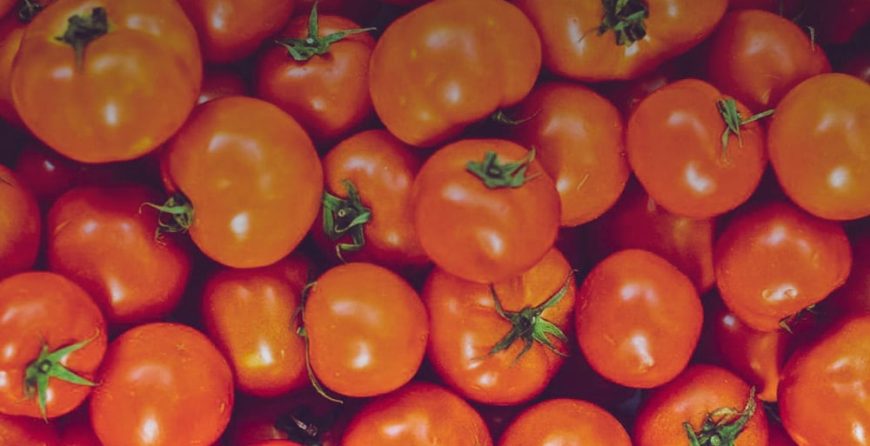
From the onset of your organic gardening journey, you look forward to bountiful harvests. But, rarely do gardeners think or even plan for harvest season. Most gardeners believe that harvest time is when the crops get to their desired size or when a certain season approaches. However, this is not always the case. You need to plan and prepare for harvest as you did when starting and maintaining the garden. It is important to harvest your vegetables at their peak of freshness, flavor, and nutrients. But how do you know when organic vegetables are at their peak? Here is a guide on how to harvest different organic vegetables.
Asparagus
To reap their nutrients maximally, asparagus should be harvested during their 4th year after planting. This should be the time when the stalks have attained thumb thickness and the crops a height of about 6 inches. Also, it is advisable to harvest them during spring when they are at their peak by cutting stalks that are thumb thick. Since they grow fast, check or collect twice if necessary during spring.
Beans
Beans are ready for harvest 60 to 90 days after planting. They are ready when their pods appear fully formed and when the beans in the pods are starting to bulge. The pods will snap crispy if bent in half. Pods for yellow and purple beans will be fully yellow and purple respectively with no trace of green at the tips. Beans should be harvested by pinching off at the stems.
Dry beans are due for harvesting once the pods are completely dry, brittle and the beans are bulging out. In case it frosts before dried beans are due for harvesting, pull them off by the roots and hang them indoors or undercover until they are thoroughly dry. Note that, beans continue to mature as they dry off after harvesting.
Beets
Beets or beetroots are due for harvesting when a rounded inch of their tops pop out of the soil for round beets and 3 inches for globular beets. Beet leaves should be green with fresh leaves forming at the beet’s top center. Beetroots should be harvested at least 50 to 70 days after planting by pulling them from the soil. Ensure that you harvest large beets only and leave smaller ones to continue growing.
Cauliflower/ Broccoli
Cauliflower and broccoli are due for harvesting once their main head appears completely formed, and its flowers hold tightly together. They are harvested by cutting 3 inches below the head and at the stem. Note that, broccoli develops side shoots after you cut the main head so, do not damage to discard the main plant. The side shoots are harvested when they get 2 inches apart and just before the flowers open.
Cabbage
Cabbage is a common organic vegetable that is grown by almost every organic gardener. Harvesting cabbage is quite easy as compared to most organic vegetables. They are ready for harvesting once their heads are fully grown and hardy as you anticipated. Different cabbage varieties develop to different sizes and hardness. So, check the cabbage seed package to determine the ideal harvesting size and hardiness. However, most cabbage flavors improve after the crops are hit by light frost. Though some people prefer uprooting cabbages, they should be cut at the stalk where the head and the stalk join.


